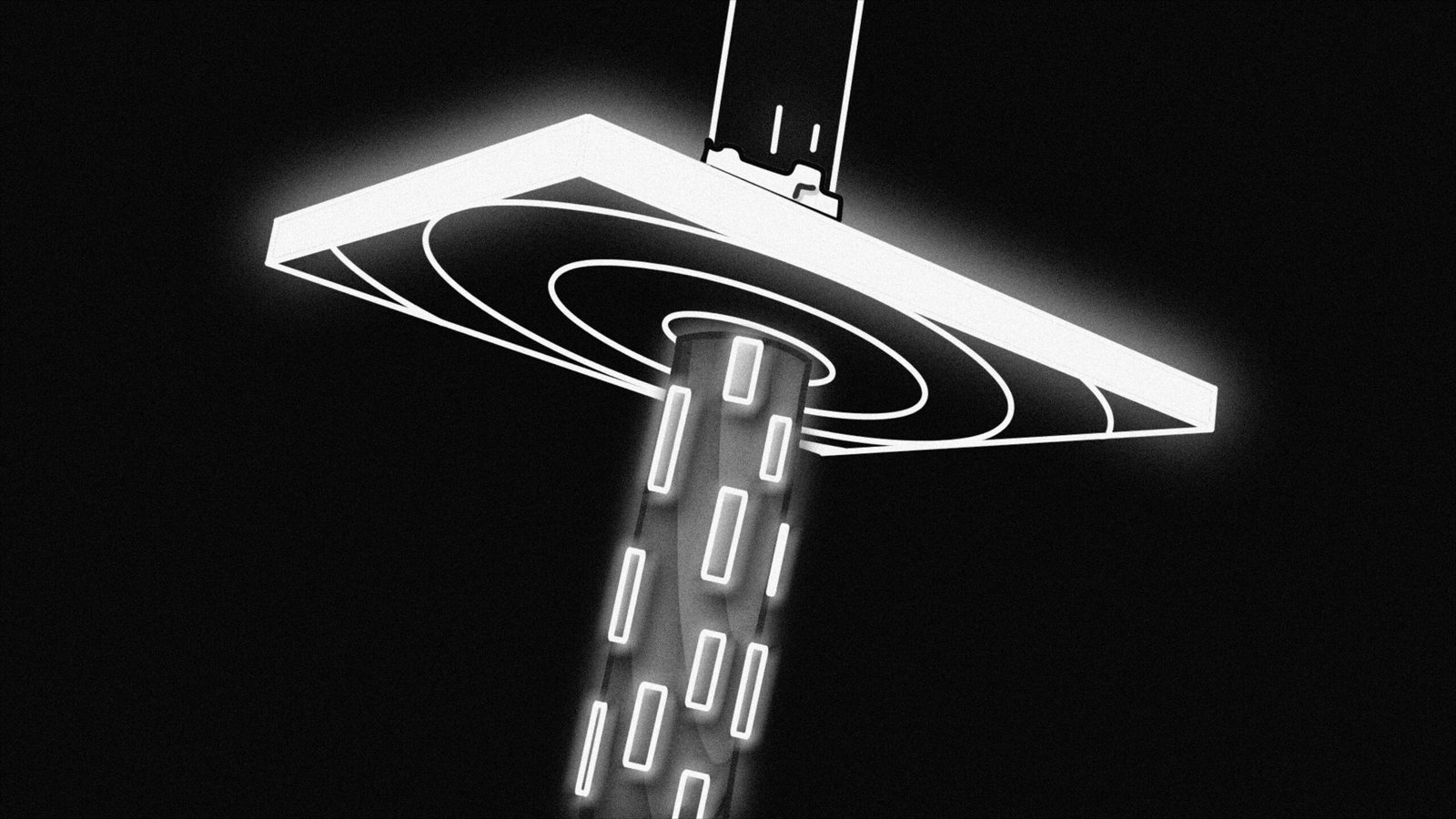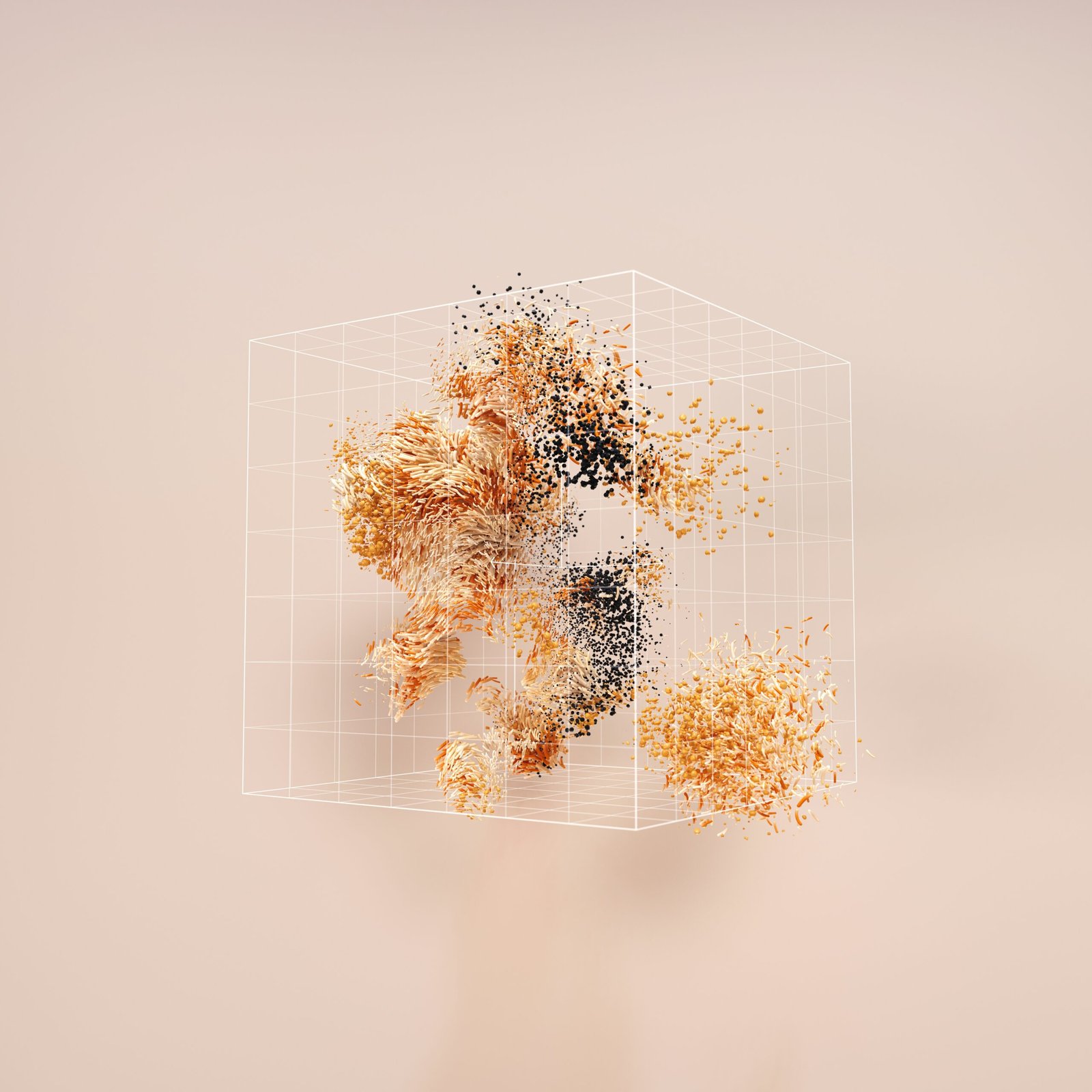How Artificial Intelligence Is Affecting the Future of National Defense
As the war landscape evolves from direct combat to digital confrontations, the integration of Artificial Intelligence (AI) tools into a country’s national defense framework has become necessary. For India, balancing complex regional rivalries and volatile security parameters, the adoption of AI is more than speculation—it is the reality of modern warfare.
One of the most noteworthy and strategically important applications of AI technology has been in India’s reaction to Pakistan’s aerial challenges. India is quietly redefining modern warfare with the integration of AI technologies, including surveillance with threat prediction, autonomous warfare, and more.
This blog discusses the successful implementation of AI in detecting, deterring, and neutralizing aerial risks posed by Pakistan, while offering insights on the regional ramifications of AI-induced defense technology.
The Emergence of Artificial Intelligence in the Defense Framework of India
With increasing worries regarding border conflicts, cross border terrorism, and cyber menaces, India has had a defensive ecosystem shift with technology AI getting integrated as a critical augment unto:
- Surveillance and reconnaissance
- Threat detection and interception
- Support in decision-making processes
- Automated drone defense systems
- Cybernetic defense and electronic combat
Various institutions such as DRDO (Defence Research and Development Organisation), BEL and private AI focused enterprises have started to deploy and field test the intelligent defense systems in order to gain advantages in asymmetric warfare situations.
The Recurrent Challenge of Pakistani Air Intrusions
Ever since the 2019 Balakot air strikes, the India-Pakistan airspace friction has worsened. Pakistan has made multiple attempts at low altitude incursions with manned fighters and drones, especially along the borders and the sensitive LoC region.
Traditionally, radar systems coupled with manual command chains worked seamlessly within operational vis-a-vis semi-opaque low ceilings, but those systems lacked the speed and wit necessary to contend with the modern semi-opaque, autonomous threats like swarm drones and AI-controlled UAVs. That is AI’s area of expertise.
How Did India Prevent Aerial Threats Using AI Technology?
1. AI-Powered Radar and Sensor Data Integration.
India implemented AI-based multi-sensor radar systems with a combination of the following components:
- Ground-Based Radars
- Airborne Early Warning Systems
- Satellites
- Infrared and Thermal Sensors
These platforms undergo real-time sensor fusion, consequently detecting small or stealth aerial objects with precision, including low-RCS drones.
Example: A stealth drone circumventing conventional radar detection to the east of Punjab’s border was detected thanks to AI radar processing in 2023.
2. Predictive Analytics and Forecast Intrusion
AI models are designed with the historical data of aerial Pakistani maneuvers to predict potential risk incursion timings and pathways..Thus, monitoring weather conditions, radar activity history, tactical histories, and communications sign interception becomes elementary.
This enables them, for example, to reposition interceptor jets so that they are strategically placed to engage without the need for defense reaction.
3. Autonomous Systems For Drone Neutralization
India has also shelters armed AI for drone detection systems capable of.
- Detecting drone movement with radio frequency.
- Jamming unauthorized UAV controls and taking over command
- Autonomously unleash intercept drones.
These systems were crucial in destroying many drone surveillance and arm drop border UAVs transiting through Jammu and Kashmir regions.
DRDO D-4 Drone Detection System employs Artificial Intelligence for autonomous drone disabling and scans wide ranges of frequencies.
4. Real-time Command and Control (C2) Interfaces Integration
The Stratum of defense systems rely on people for operational decision-making on multiple echelons. C2 systems equipped with AI:
- Automatically fingerprint possible threats
- Reorder engagements by level of severity
- Suggest immediate interception or engagement actions
All of these actions are performed in the commander’s C2 system. Decisions made with theater-wide information superiority restructuring in aerial battlespace take advantage of significantly reduced reaction time.
5. Pilot Decision Systems Augmented with AI
India’s Air Force is actively trialing cockpit assistants that use AI to:
- Study enemies in aerial dog fights and avoid them.
- Suggest evasive maneuvers.
- Enhance missile lock and radar draw.
This aids the pilots in combat reshope in real time, improving chances of survival and neutralizing threats.
Artificial Intelligence In Influencing Change in Warfare in India
The strategy of India’s military no longer touches just getting boots on the ground. Attention is drawn towards:
- Smart surveillance over areas of operations;
- Cyber defense mixed with kinetic operations;
- Multi Domain command and control integrated with land, naval, aerial, and space assets;
Collaborative Artificial Intelligence warfare with man-in-the-loop systems.
Evidence to the Initiative includes AI lab integration into defense PSUs, collaborations with AI prodigies, and attendance to international AI defense forums. It showcases India’s aim of emerging as a superpower with advanced military capabilities.
Deploying AI In Warfare: The Challenges Remain
The incorporation of AI into defense systems has troubling obstacles considering the defense industry’s distinct features:
- Data Bias: Inadequate training datasets can result in incorrect threat prioritization.
- Cyber Vulnerability: Sabotage of AI systems is a possibility.
- Ethical Dilemmas: The use of autonomous weapons systems creates problems regarding who is responsible for actions taken.
- High operational costs: Implementing artificial intelligence into defense platforms incurs significant expenses.
- Strategically, these factors must be carefully considered while India tries to foster technological advancement.
Global Perspective and Regional Results
Pakistan’s borders being defended by AI innovations demonstrates a shift in South Asian military balance. India paves way for:
- Deterrence or defense-centered policies formulated without reactions to threats.
- Minimized reliance on proactive responses.
- Controlled escalation using technology.
India leads the AI warfare strategies race, securing this position would ensure a strategic advantage for years to come.
Concluding Statement
The suppression of Pakistani aerial incursions through AI power demonstrates India’s first move into futuristic warfare—one that entails the supremacy of intelligence over firepower.
This transformation can be achieved by developing indigenous AI capabilities, improving surveillance systems and reinforcing autonomous defenses.
At Aixcircle, we still focus on the relevance of AI, defense tech, and geopolitics in contemporary analyses: for the innovations of today are already winning the wars of tomorrow.


